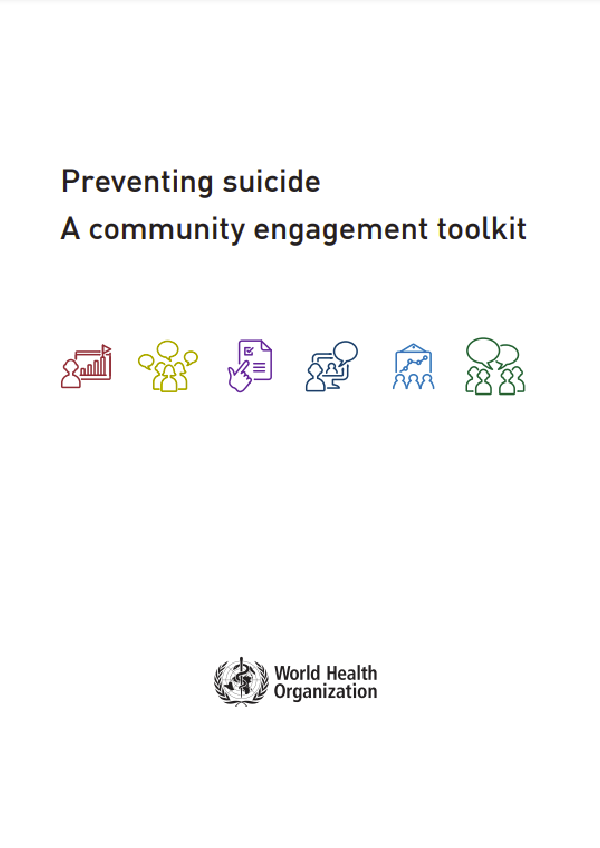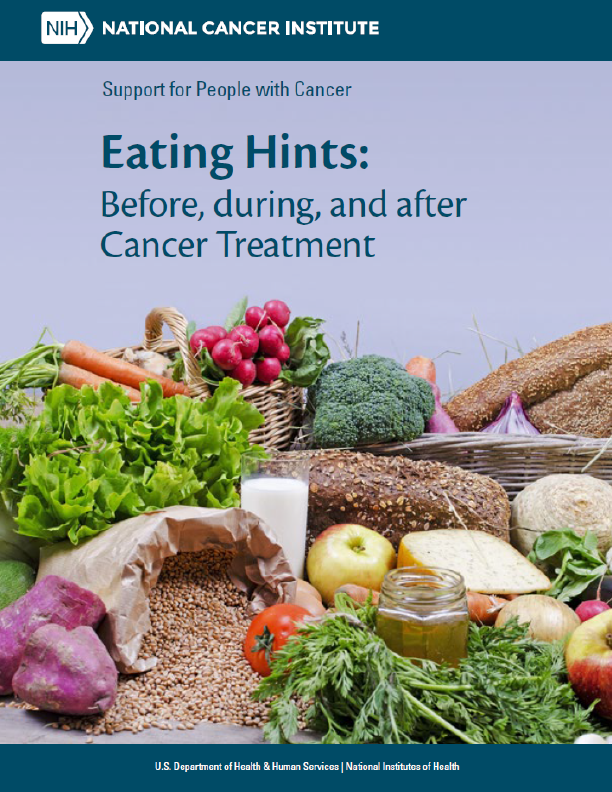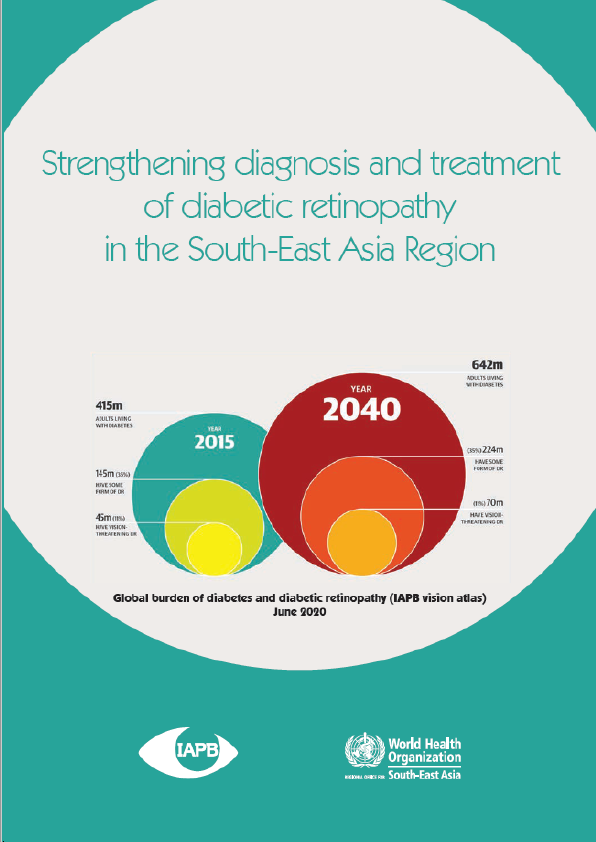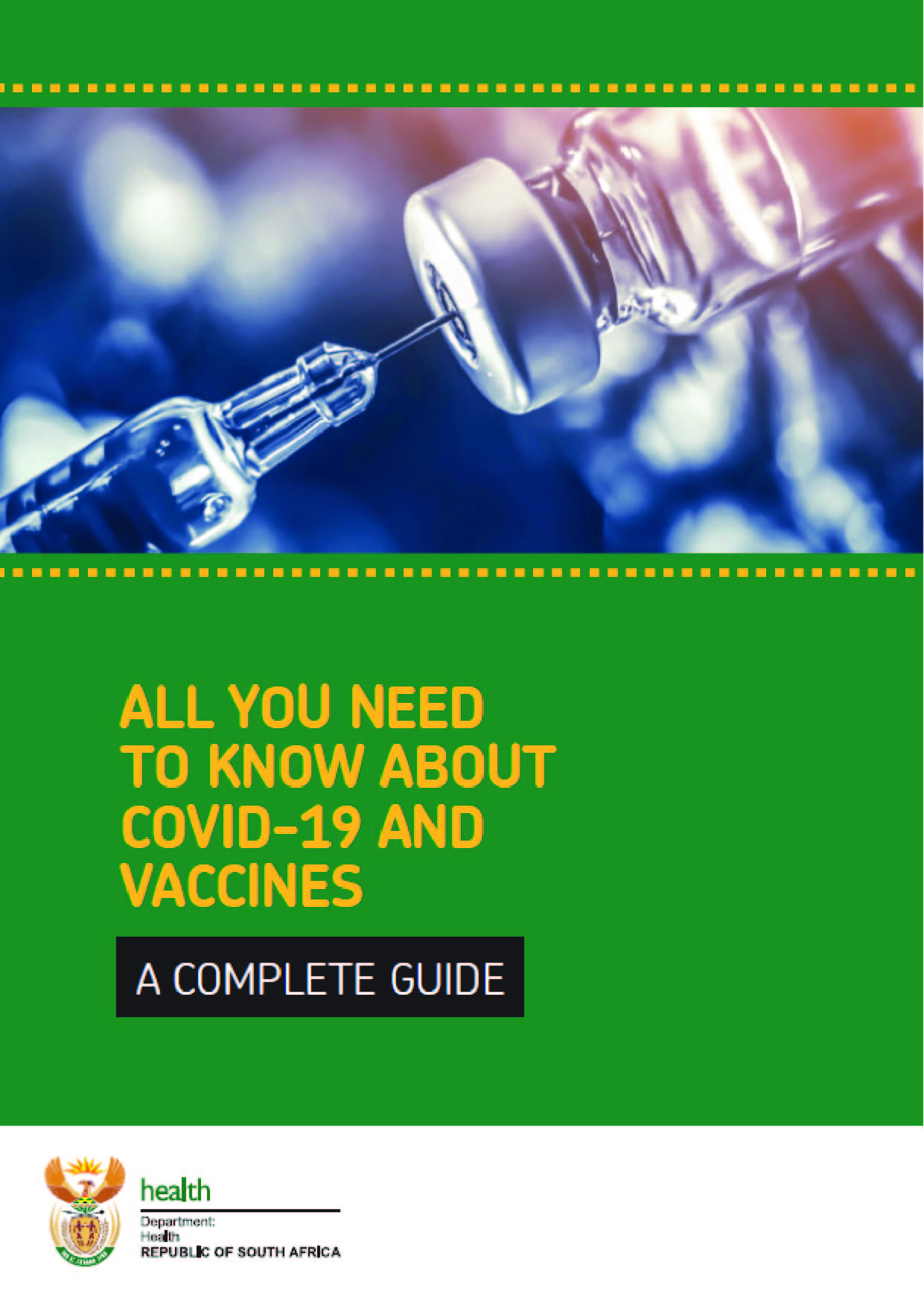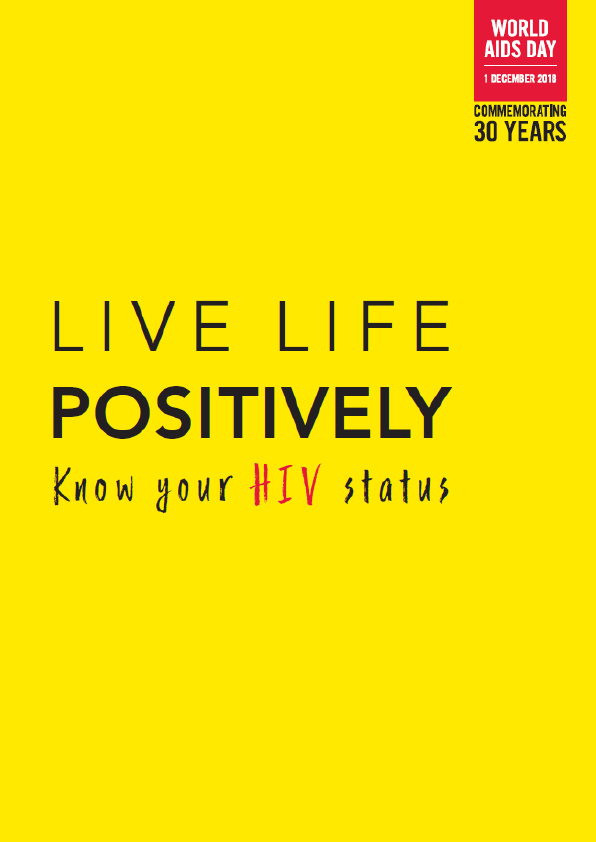Suicide prevention: the role of communities
Introduction
Communities play a crucial role in suicide prevention. This toolkit follows on from the World Health Organization (WHO) report Preventing suicide: a global imperative (WHO, 2014) by providing practical steps for engaging communities in suicide prevention activities.
Community engagement is an active and participatory bottom-up process by which communities can influence and shape policy and services (McLeroy et al., 2003). Communities can accomplish this by initiating activities that are important and appropriate to their local context. However, although increasingly gaining recognition as innovative approaches to both public health and mental health, community engagement techniques often lack clear evidence and guidelines for their successful execution and design (Mendel et al., 2011). When implemented adequately, community engagement projects can be very effective in tackling mental health challenges in general and preventing suicide in particular. Such approaches are often relatively cost-effective and are therefore particularly appealing to low- and middle-income countries where stigma and taboo often limit access to quality care for suicidal behaviours.
When dealing with sensitive issues such as suicide prevention, it may be difficult to know where or how to initiate action. This toolkit therefore provides some practical suggestions that can be used by communities worldwide, regardless of the resources at their disposal or their current state of progress in suicide prevention efforts.
Understanding suicide
Globally, over 800 000 people die of suicide every year and it is the second leading cause of death in 15-29-year-olds (WHO, 2014). However, since suicide is a sensitive issue, it is very likely that it is under-reported because of stigma, criminalization in some countries and weak surveillance systems.
Some 75% of all cases of suicide globally occur in low- and middle-income countries. In high-income countries, three times as many men die by suicide than women, but in low- and middle-income countries the male-to-female ratio is much lower at 1.5 men to each woman. Suicide rates are highest in persons aged 70 years or older for both men and women in almost all regions of the world. In some regions, suicide rates increase steadily with age, while in others there is a peak in suicide rates among young adults. In low- and middle-income countries, young adults and elderly women have much higher suicide rates than their counterparts in high-income countries, while middle-aged men in high-income countries have much higher suicide rates than those in low- and middle-income countries. Globally, suicides account for 50% of all violent deaths (i.e. from interpersonal violence, armed conflict and suicide) in men, and 71% of such deaths in women (WHO, 2014).
Social, psychological, cultural and other factors can interact to increase the risk of suicidal behaviour. Risk factors for suicide include, for instance, previous suicide attempt(s), mental health problems and disorders, problematic substance use, job loss or financial loss, trauma or abuse, and chronic pain or illness, including cancer, diabetes and HIV/AIDS. Unfortunately, suicide prevention is too often a low priority for governments and policy-makers. Suicide prevention needs to be prioritized on the global public health and public policy agendas. Awareness of suicide as a public health issue needs to be raised through a multidimensional approach that takes account of the social, psychological and cultural impacts.
It is important to understand the local context in each community in order to determine which groups may be most vulnerable to suicide. This allows community suicide prevention activities to be targeted at those who are most at risk of suicide (Wasserman, 2016).
Why it is important to prevent suicide
In 2013, the Mental Health Action Plan 2013-2020 was adopted by the World Health Assembly (WHO, 2013). This action plan outlines suicide prevention as a priority, with the global target of reducing the rate of suicide in countries by 10% by 2020. In the Sustainable Development Goals (SDGs) for 2030, suicide is a proposed indicator for health target 3.4 which is to reduce by one third premature mortality from noncommunicable diseases through prevention and treatment and promote mental health and well-being.
Suicides are preventable. Comprehensive multisectoral strategies for the prevention of suicide are essential to achieving suicide reduction worldwide, and community-level approaches should be employed as part of an effective strategy. The prevention of suicide is not only important for individuals and families but also benefits the well-being of communities, the health-care system and society at large.
Preventing suicide can have a positive impact on communities by:
• promoting health and well-being of community members;
• empowering communities to identify and facilitate interventions;
• building capacity of local health-care providers and other gatekeepers
